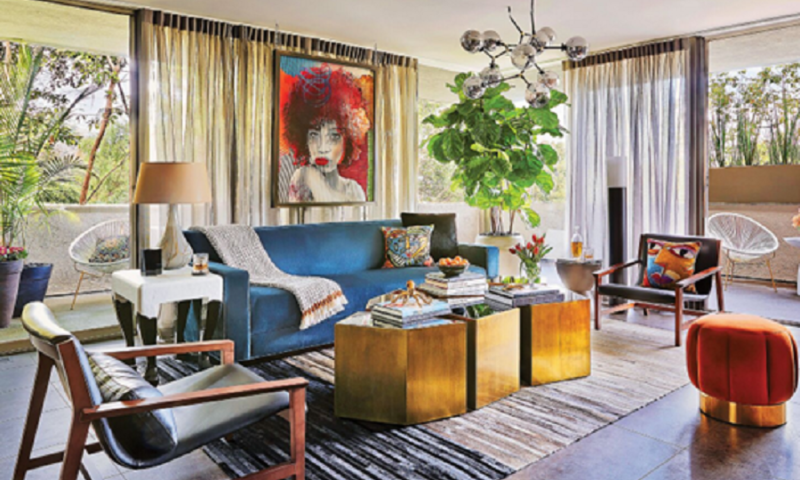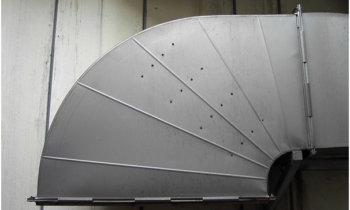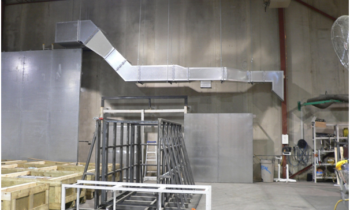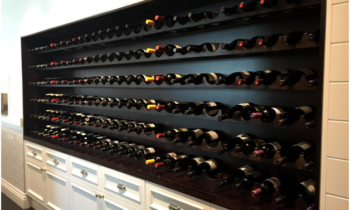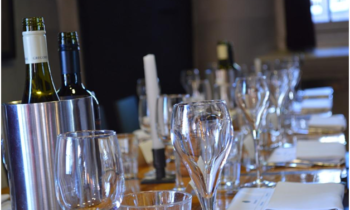Interior-Exterior: Home decor tips for your dream house
I’m sure you’ve spent many hours watching home decor youtube videos, room makeovers, and thrift flips. Yeah, we’ve all been there. And if it’s finally time to decorate your own place, your head is probably full of ideas that need to be in order. We’re here to give you some tips on how to start organizing your ideas in a way that makes it easier to get started. We have tips for interior design, the outside of your home and we also have some ideas for an apartment, if you’re not moving into a house. Get your makeover clothes on and let’s get started.
Interior design tips
We’re gonna start from the inside out. And with interior design being so complex, we don’t have all the answers, but the people from Architectural Digest have many ideas to get you inspired, so take a look at their website as well as those youtube videos.
Colors
The first step is deciding on a color palette. You can do this for each room separately, or you can stick to a palette for the whole house. This will make it easier to shop for paint, decor pieces, and furniture.
Tip: Make sure you go for complementary colors and don’t mix pastels with bright colors, or gold and silver for accents.
Styles
After you decide what colors you want in your home, you can decide what style you want to copy. If you’re going for minimalism, you wanna look for white or light-colored wood furniture, for a bright and airy feel.
Tip: If you want to mix styles, make sure you research what goes together so that it doesn’t end up looking crowded.
Decor pieces
We know this is the part you’re most excited about, but it has to come last. Decorating your house will add the final touches to the design, and it’s best to shop for your items after everything else is ready.
Tip: Decide on some accent decor pieces and follow their style for the rest. Not everything has to be the star of the show.
Outside marvels
Because we want the outside of your house to look just as good as the inside, we took our time to focus on some aspects you need to keep in mind. If you live in an apartment, this part is easier, but for a house, there are some tips we have for you.
Garden
Whether you have a big spacious garden or just a small porch in front of your house, this will reflect how clean and organized your house looks from the outside. You want to keep it simple and easy to care for.
Tip: If you don’t like gardening, get some plants that are easy to take care of, or just some fake ones that you clean regularly.
Decorations
If you think you can’t make the outside of your house unique, you’re wrong. Use an interesting door knocker for an original touch. Go for some colored lights on the porch for that fairy vibe. Or just add some decorations to your garden in order to make it more you.
Tip: For outdoor decorations, less is more. And fewer decorations means less cleaning for you.
Flat tips
If you live in a flat, the outside of your house is probably just a tiny spot on the floor. But that doesn’t mean it can’t be pretty. You can pick a floor mat that shows off your personality, there are many colorful and unique designs.
Tip: You can still go for the original door knocker for your flat.

